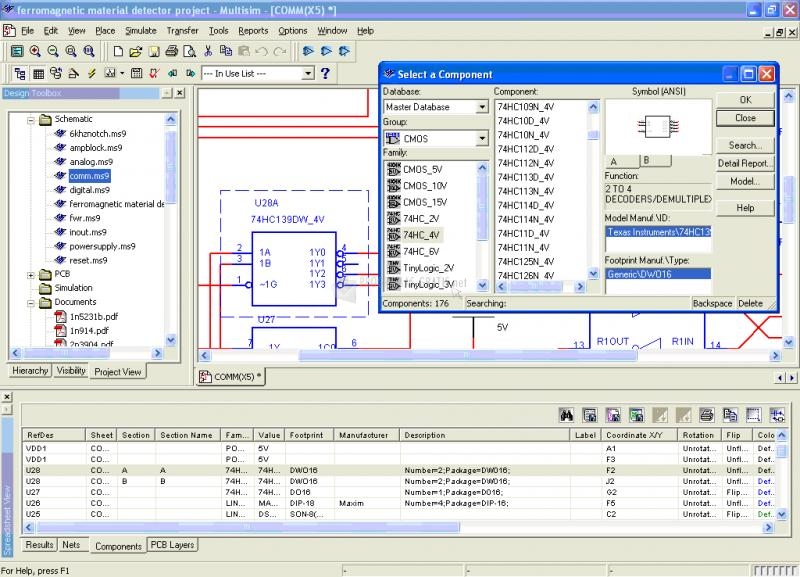

Status_led() function is not shown but I use it a lot, no problem with it. I call _HAL_RCC_ADC_CLK_ENABLE() and _HAL_RCC_GPIOC_CLK_ENABLE() in the HAL_ADC_MspInit(). My idea is just to confirm proper ADC reading by switching status LEDs on and off if some level is available and it is not working at all so far (status led for is always ON).įor input signal source I use a GPIO pin, set to high, that passes through a 1k resistor and a LED so the voltage is about 0.7V. The accuracy of conversion can also be improved by using digital signal processing and analog parameter compensation.I am trying to run a code I found some time ago here, that allows to choose an ADC channel from a few channels and to read it individually when necessary. Since each iteration outputs a result bit, so the speed of the ADC should be close to SA ADC. Or simulations in Multisim with PSPICE models of real components show the effectiveness, higher sensitivity and resolution, as well as strong adapted ability. what are value and purpose of DC source in circuit?Īlso, authors wrote not much about reliability: Operation is a bit similar to successive-approximation ADC.īut there are things what I don't understand, e. According timing diagrams, there are five micro-operations: sample_and_hold, compare1, compute1, compare2 and compute2. Operations are performed by changing circuit topology using analog switches controlled digitally (like microcode in CPU). If I understand correctly, it works like analog computer, using comparator as processing element and two capacitors as two analog memory cells, in which compared voltages are stored.

.png)
It would be cool weekend project to build or to understand why it can' work. Question: Are there any fundamental issue to be solved with such type of ADC? Why there are no commercial products? or almost no papers about it? I've tried to simulate their circuit using LTSpice, but it is not working. Working principle is based on Bernoulli map computation. It is strange that such technique is not mentioned in any commercial products, and I only found one doctoral dissertation and one patent that uses similar technique, but it was hard to understand. To the best of authors’ knowledge, this could be the simplest ADC with less complicate components like opamps, comparators, digital decimation filters, DACs 824-827, doi: 10.1109/ICSAI.2012.6223136.Īccording to above discussion, we invent a novel ADC based on Bernoulli map, which is much different from any methodology of current ADCs. Liu, "Simple chaos-based ADC with only one opamp," 2012 International Conference on Systems and Informatics (ICSAI2012), 2012, pp. I found that successive approximation (SA) is probably easiest to build? I have FPGA to sample digital signals.Īlso, I found one exotic type: chaotic ADC. For educational purpose I am building 8-bit analog-to-digital converter, that is capable of audio frequency or low RF.


 0 kommentar(er)
0 kommentar(er)
